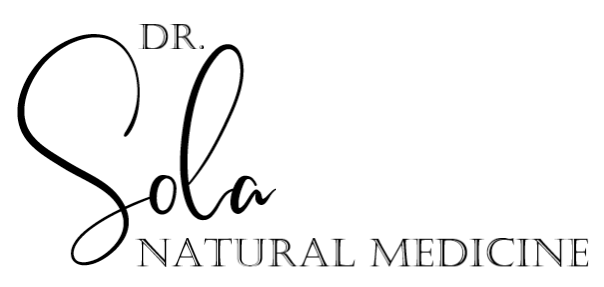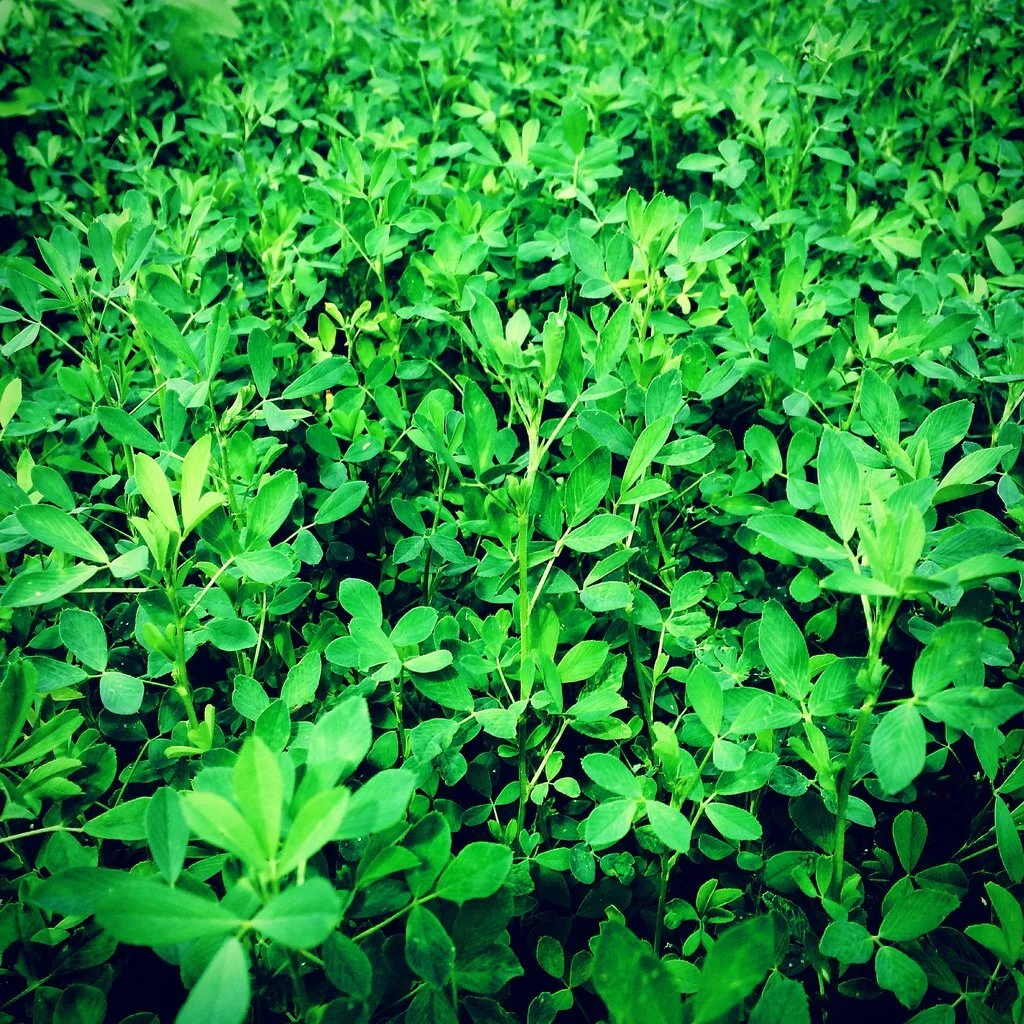
Medicago sativa
Common Name: Alfalfa
Family: Fabaceae (Legume family)
Parts used: Aerial parts
Constituents: High mineral and vitamin content, rich in protein, carotene, calcium, iron, magnesium, trace minerals, and vitamins A, C, E, and K. Isoflavones (biochanin A, daidzein, formononetin, genistein). Coumestans (coumestrol, 5-methoxy-4’-O-methylcoumestrol, 4’-O-methylcoumestrol, sativol, medicagol, 3’-methoxycoumestrol, trifoliol, lucernol). Alkaloids (aspragine, trigonelline). Saponins and porphyrins.
Taste/smell: Bland
Tendencies: Cooling, moistening
Actions
Phytoestrogenic (has both estrogenic and anti-estrogenic effects)
Restorative tonic on the reproductive system
Galactagogue (stimulates lactation and increases the quality of breast milk)
Nutritive
Anti-inflammatory
Antibacterial
Diuretic
Anti-atherosclerotic
Cholesterol-lowering
Uses
Hyperestrogenic conditions:
Breast cancer
Ovarian cancer
Hypoestrogenic conditions:
Menopause and post-menopause
Osteoporosis
Endometriosis
Nursing mothers
Chronic degenerative diseases
Atherosclerosis
Hypercholesterolemia
Dosage
Tincture (1:5): 80-100 drops (4-5 mL) TID
Tea infusion: 1 tbsp per cup; 1-2 cups TID
Contraindications
Pregnancy (constituent stachydrine causes uterine stimulant effect)
Fertility problems (coumestans and isoflavones decrease fertility)
Spoiled alfalfa sprouts can exacerbate lupus symptoms in those with systemic lupus erythematosus (SLE)
Use of blood-thinning agents like coumarin (warfarin) or indandione (anisindione)
Allergic hypersensitivity to Fabaceae family
Adverse Effects
None known
Toxicity
None known
Interactions
None known
References:
Brinker, Francis J. Herbal Contraindications and Drug Interactions plus: Herbal Adjuncts with Medicines. Eclectic Medical Publications, 2010.
Kaufmann, Taylor. NPLEX II Study Guide. Wild Brilliance Press, 2019.
Lun, Vincent, et al. Core Knowledge for NPLEX 2. 1st ed., Marano Publishing Incorporated, 2014.
Marciano, Marisa, and Nikita A. Vizniak. Evidence Informed Botanical Medicine. Professional Health Systems Inc., 2015.
Skenderi, Gazmend. Herbal Vade Mecum: 800 Herbs, Spices, Essential Oils, Lipids, Etc., Constituents, Properties, Uses, and Caution. Herbacy Press, 2004.
Tilgner, Sharol. Herbal Medicine: From the Heart of the Earth. Wise Acres, 2020.




